America’s Next Top (Fringe) Model
How a Big Little Fringe Became the Oldest in the Nation
The United States’ most visited city, Orlando, Florida, is the destination of nearly fifty-five million tourists annually. [1] A city littered with hotels, restaurants, dinner shows, mega-malls, and gift shops, Orlando is known across the globe for its massive theme parks, beautiful weather, and the best family-friendly entertainment in the world. This is the Orlando most people are familiar with, so it always surprises them to learn that there is another Orlando, a place of diverse cultures, rich and alive with arts. A place that occasionally controls the fate of the free world.
North of the roller coasters and mega-hotels lies a city where most of the employees of the multi-billion dollar tourism industry live. A large community of transplants from other cities coexist with primarily conservative Christian natives with roots in Orlando that pre-date the construction of Walt Disney World (when the city was largely orange groves and swampland). Large African American, Latino, and Vietnamese populations help make for a cultural soup that is vibrant and surprising. Over the last twenty-five years, Orlando has become a beacon for many in the LGBT community (The Advocate named Orlando the #2 “Gayest City in America” in 2011). [2] Orlando is also a major political “swing district.” At the center of the I-4 Corridor (the Central Florida area from Tampa Bay to Daytona Beach), Orlando is a major hotspot for political visits and advertising. Politicos can often be heard saying “as Florida goes, so goes the nation,” and Central Florida holds the key to the State. This melting pot of ethnicities, ages, geographies, cultures, and beliefs makes Orlando ripe for the celebration of creative expression that is the Orlando International Fringe Theatre Festival.
So, if a room full of Fringe organizers from around the world cannot define what a Fringe is to each other, what chance do we have of defining it to our audiences? The simple answer is that we cannot—each festival is unique, as is each audience member’s experience, and everyone must define it for themselves.
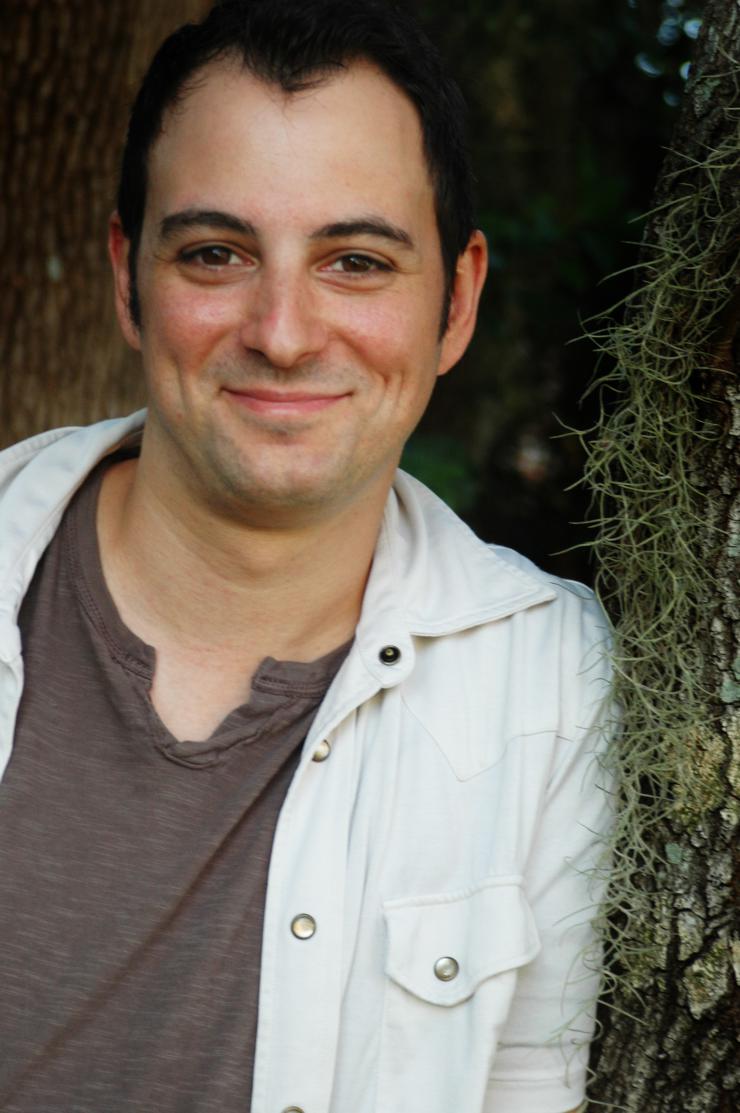
Photo by LA Acting Workshop.
What the Fringe Are You Talking About?
The history of Fringe Festivals began in Edinburgh, Scotland, in 1947. There, a number of performing artists who were not official participants of the Edinburgh International Festival (whose participants are invited by its General Director) decided to produce their own work, in empty storefronts and church basements. Thus, their work was staged literally “on the fringe” of the established festival. The concept was an immediate success and the Fringe soon became even more popular than the “official” Edinburgh Festival. The Edinburgh Fringe Festival, as of 2012, is the largest arts festival in the world and Europe’s #1 tourist destination.
Today, the concept of Fringe has become a phenomenon, a movement, and a philosophy that has been adopted in hundreds of cities across the globe. Fringe has been particularly popular in the United States, where every year more and more festivals are born, and (as of 2012) there are currently over seventy-five US Festivals carrying the moniker of “Fringe.”
But what is it that makes a Fringe a Fringe? Overwhelmingly, Fringes are uncensored and unjuried (or “open-access”) theater and performing arts festivals, but there are many exceptions within the Fringe brand.
In August 2012, I attended the first ever “World Fringe Congress” in Edinburgh, Scotland. Despite nearly everyone in attendance dedicating his or her life to the concept of Fringe, there was little agreement about what that concept actually is. One producer proclaimed, “Fringe is a festival started in protest to another festival.” Well, some festivals in attendance were, yet others were not. “Fringe is uncensored art!” Well, there were three Fringe festivals from China in attendance, so that couldn’t be entirely true. “Like Occupy Wall Street, Fringe is anti-corporation!” Yet, most of the festivals had corporate sponsors (this is particularly true in our host city of Edinburgh) that supported the festivals financially. “Fringe is non-juried, non-curated, unfiltered creative expression. To have one person decide what art is valid and what art is not directly contradicts the purpose of Fringe.” Okay, I must come clean, this one was mine. I suppose this is the part where I should introduce myself. If you haven’t already figured it out, I’m the Producer of the Orlando Fringe. I’ll tell you more about that in a little bit, but for now, let’s get back to trying to define “Fringe.” “Fringe is eclectic!” “Fringe is accessible!” “Fringe is landscape design!” (Yes, that actually happened.)
So, if a room full of Fringe organizers from around the world cannot define what a Fringe is to each other, what chance do we have of defining it to our audiences? The simple answer is that we cannot—each festival is unique, as is each audience member’s experience, and everyone must define it for themselves.
A Model of Sustainability
Going into its twenty-second year in 2013, Orlando Fringe is oldest Fringe in the United States. The Orlando International Fringe Theatre Festival was created in 1992 by three improvisational comedians: Terry Olson, Andy Anthony, and Rick Kunst. At first, the festival was held in downtown Orlando, with most venues being created in empty storefronts. Today it takes place in Loch Haven Park, at the heart of Orlando’s cultural corridor. Its venues include some of the best theater and performance spaces in Central Florida and are the envy of most other Fringe Festivals. Orlando Fringe continues to grow and in 2012 set records for attendance, sales, and artist revenue, with a 23%–30% increase from 2011 across every area of the festival. [3] With over two decades under our belt, people are finally taking notice. We have more local government and community support than ever before, more small business and individual donors, and even those big corporate theme park giants have chipped in with grants and donations. Thanks to this support, for at least two weeks out of the year, Orlando is a place bursting with creative energy and a sense of community brotherhood that only exists because of the Orlando Fringe.
While there were many factors that contributed to our recent growth spurt (rebranding, increased marketing and outreach, improving economy, etc.), I attribute much of this to the Canadian Fringe model, which Orlando Fringe has adopted, and I believe to be the foundation for the success and sustainability of our festival.
The Canadian Association of Fringe Festivals (CAFF) developed a festival model of 100% unjuried (acts are chosen through a lottery to ensure fairness), 100% uncensored, 100% accessible (low entry fees and ticket prices), where 100% of the ticket sales are returned to the artists. To protect the brand, CAFF then trademarked the word “Fringe” in Canada, making it illegal to call a festival a Fringe unless it follows the model and joins the organization. This has sparked controversy in Canada and even birthed a new type of festival, an “Infringement” festival, which claims to be “more Fringy” than the Fringe and occurs on the fringes of established Fringe Festivals.
In the United States, there are no such restrictions on what constitutes a Fringe. Still, most follow some form of the CAFF model. All US Fringes are uncensored, most are unjuried (there are a couple of notable exceptions), and most believe in accessibility. The most common divergence among the Americans from the CAFF model is in pay structure.
Many US festivals work on a profit share model, where rather than taking only application and venue rental fees, they also take a percentage share of ticket sales. In this way, these US profit-sharing festivals are closer to the original Edinburgh (or “open-access”) model, in which any artist can apply to the festival, but they then must negotiate with individual, curated venues that take a percentage of ticket sales. In the United States, most festivals maintain control of their venues, which makes them a hybrid of the other two models when it comes to pay structure.
I believe the Canadian 100% model is better for several reasons:
- Sustainability and reduced risk. When a festival receives all venue rental and application fees up front, they can then create a budget that is predictable and sustainable. All venues are paid for, and the risk associated with show quality falls to the artist.
- Giving 100% back looks great on grant proposals. Enough said.
- Artists have a greater stake in their project. When an artist has to pay a considerable application and rental fee (Orlando is one of the most expensive), they are more likely to take seriously the show’s quality, making for a better overall festival.
- It’s Artist-centric. If a profit-share festival takes little to no money up front in fees, then this usually has little overall effect on artist profit (and in some cases can prove more profitable for artists than the Canadian model). In some instances, however, that is not the case.
At some of the largest festivals, artists participate for prestige and reviews and don’t usually see much profit. In the Edinburgh and Adelaide Fringes, the “open-access” model gives much of the control to the venues, who then curate and take a cut, leaving many artists essentially paying for performing. This model is fantastic for the city and audience, and most artists will gladly “pay to play,” but the model by design is not artist-centric. Some US festivals ask for money up front and then take a large percentage of the door, leaving artists very little room for profit. At one US Fringe (which is fully curated), the festival actually takes a cut far beyond the end of the festival, requiring companies to agree to contribute a percentage of their gross revenues from future productions for a period of seven years after the close of the festival. By no means is this the norm with US profit-share Fringes, but it can be a slippery slope.
- Artists love it. I can’t speak for all festivals, but in 2012, Orlando Fringe took in about $60,000 from artists in fees and gave back over $250,000. In all of my conversations with touring artists, no one has ever told me that they prefer profit share. This means that a festival using this model will usually have a stronger national and international touring artist presence and offer a more polished and diverse product to its patrons.
Now, of course there are exceptions, and I’m not saying that one size fits all, but I stand by the model that has worked for us for twenty-two years. And since the oldest and largest Fringes in the North America are in Edmonton and Winnipeg, it’s pretty clear the Canadians have been doing something right.
It’s a Small Fringe after All
With an economic impact of just over two million dollars in two weeks, people from other cities often see Orlando Fringe as a comparably large Fringe festival. But compared to a festival like Edinburgh, which impacts the city by over three-hundred million dollars (USD) annually, [4] Orlando is an infant. And in the context of our very own city, a city that generates nearly thirty billion dollars annually from tourism, Orlando Fringe is a speck of dust. From an economic impact standpoint, Orlando clearly doesn’t rely on the Fringe.
But as we in the arts know (or sometimes just rationalize for our sanity), money isn’t everything. The impact on our community extends far beyond our audience patronizing local restaurants and bars. The Fringe is a place where artists can experiment and develop projects that otherwise would have no platform to be produced. It’s a place where people of diverse cultures and beliefs find themselves together, serving a common purpose. It’s a place where artists from around the world can make a living, if only for a couple of weeks, doing what they love the most. It’s a place where audiences can see French cabaret, Japanese clowning, and a drag show one night, and original drama, modern dance, and a puppet show in a closet the next. It’s a place where theme park employees can strip out of their character costumes and slip into a nude avant-garde version of Coriolanus. It’s a place where a sixty-five-year-old electrician can realize his dream of becoming a professional storyteller, where a six-year-old boy can perform African dance for three hundred people, and a ninety-eight-year-old woman can sing, and be, Forever Young.
That’s what “Fringe” means to me—as I said before, it’s different for everyone, and it’s going to be up to you to define it for yourself.
_______
1. “Orlando Visitor Volumes” Visit Orlando. http://corporate.visitorlando.com/research-and-statistics/orlando-visitor-statistics/visitor-volumes/. 2011.
2. “Gayest Cities in America” Advocate.com. http://news.advocate.com/post/15571734525/gayest-cities-in-america-2012. 2012.
3. Matthew J. Palm. “More venues, more shows in Orlando Fringe future?” Orlando Sentinel. http://articles.orlandosentinel.com/2012-06-05/entertainment/os-orlando-fringe-festival-future-20120604_1_orlando-fringe-fringe-festival-fringe-buttons. June 5, 2012.
4. “Ground Breaking Study Shows Impact of Festivals on Edinburgh” edfringe.com. http://www.edfringe.com/news/ground-breaking-study-shows-impact-of-festivals-on-edinburgh. May 24, 2011.


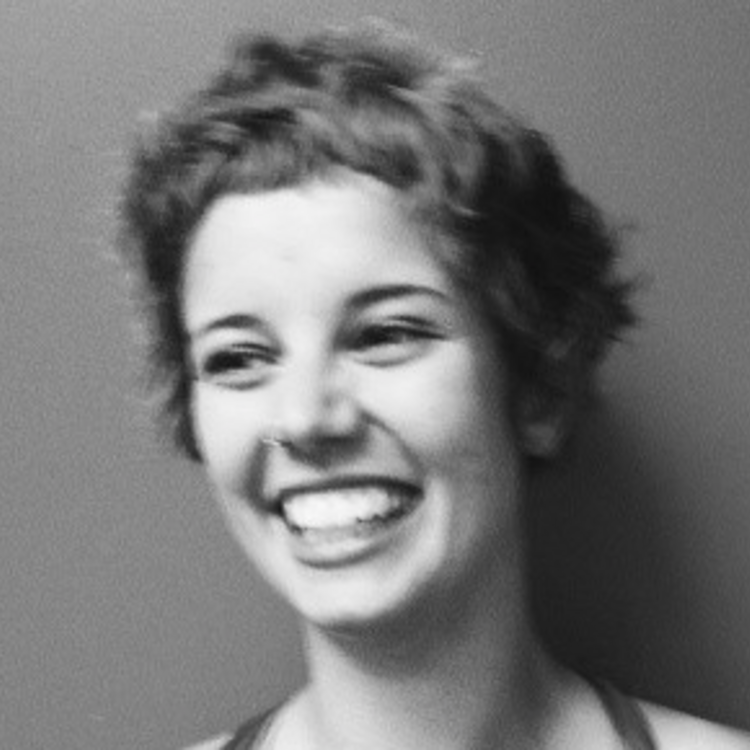
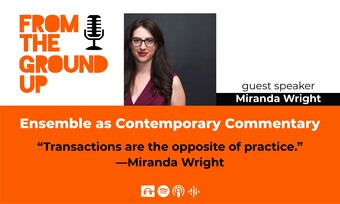


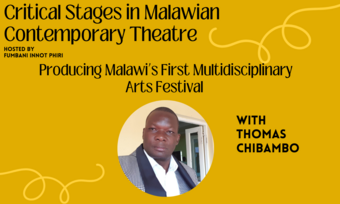


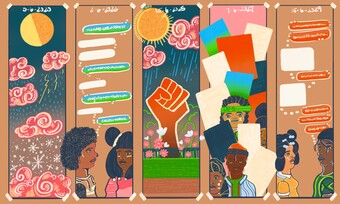


Comments
The article is just the start of the conversation—we want to know what you think about this subject, too! HowlRound is a space for knowledge-sharing, and we welcome spirited, thoughtful, and on-topic dialogue. Find our full comments policy here
Very informative article, can't wait for Orlando Fringe 2013.
Great article! As a touring artist, I would also say that Fringe is a way to expand your reach and test your material outside of the local community that 'gets' you. It's a safer way to gamble on and develop a show or story that is close to your heart. Orlando was my first Fringe and, now that I have a few more under my belt, I believe that Orlando is one of the most supportive to touring artists. The solid, well-educated, theater-proficient audience base combined with the close proximity of the venues and the opportunity to present your show in an out-of-town showcase are incredible advantages to the unknown, out-of-town artists.
And no more flooded super-hot outdoor tent venues! Thanks Alexa, I hope to see you again next May.
thanx for shining your art light on ourlando!
Great article from a local point of view but contemplates where Orlando fits into the global fringe arena as well. Love it!